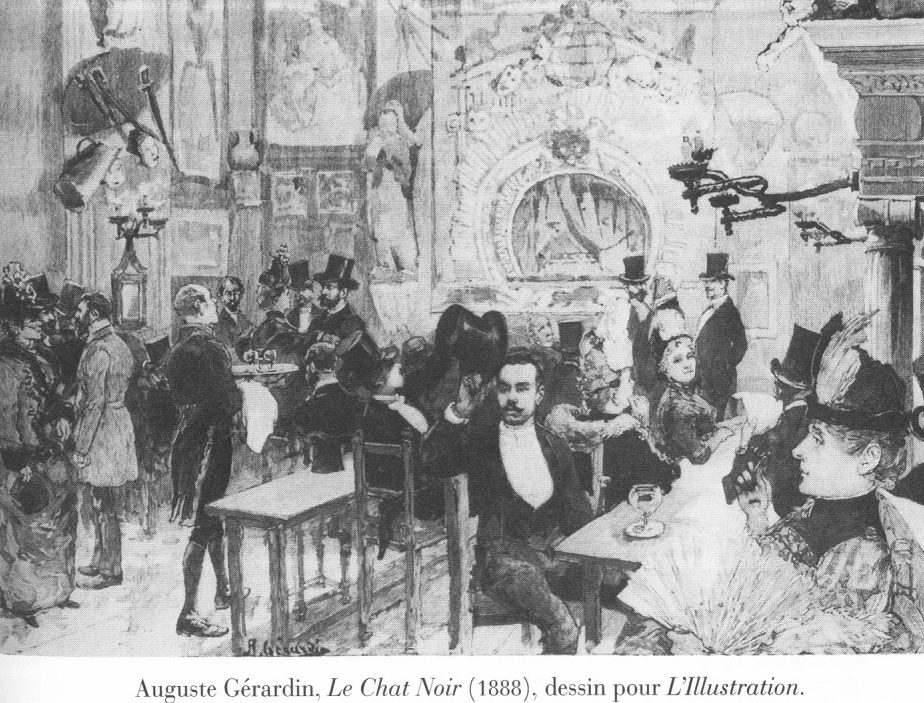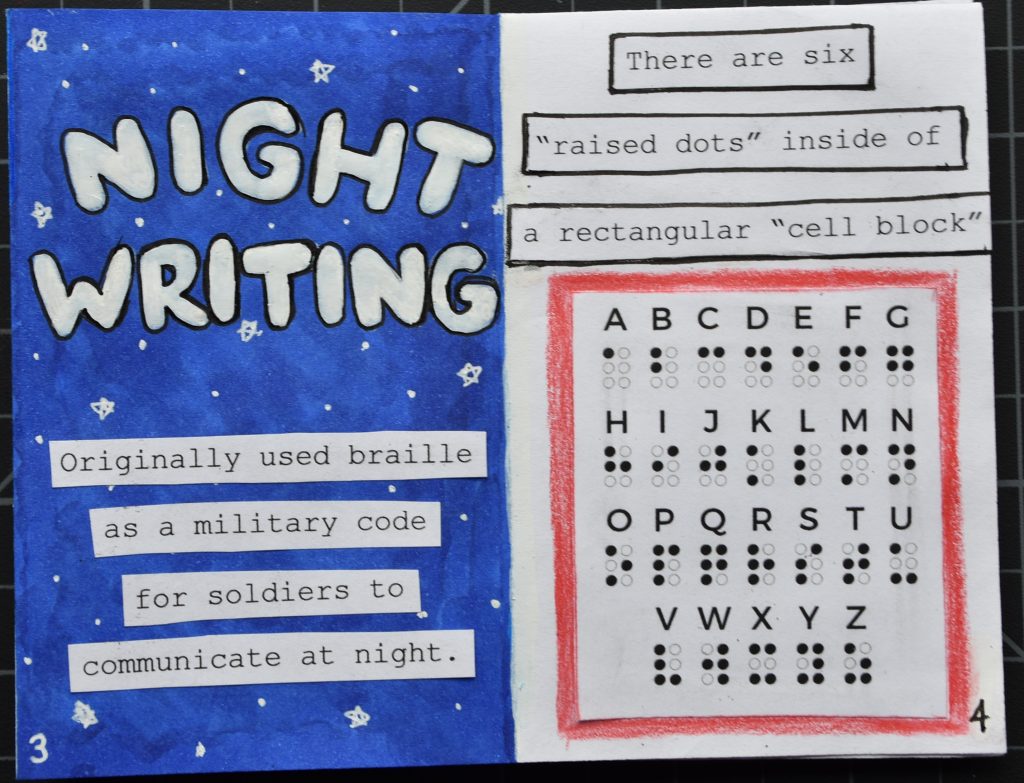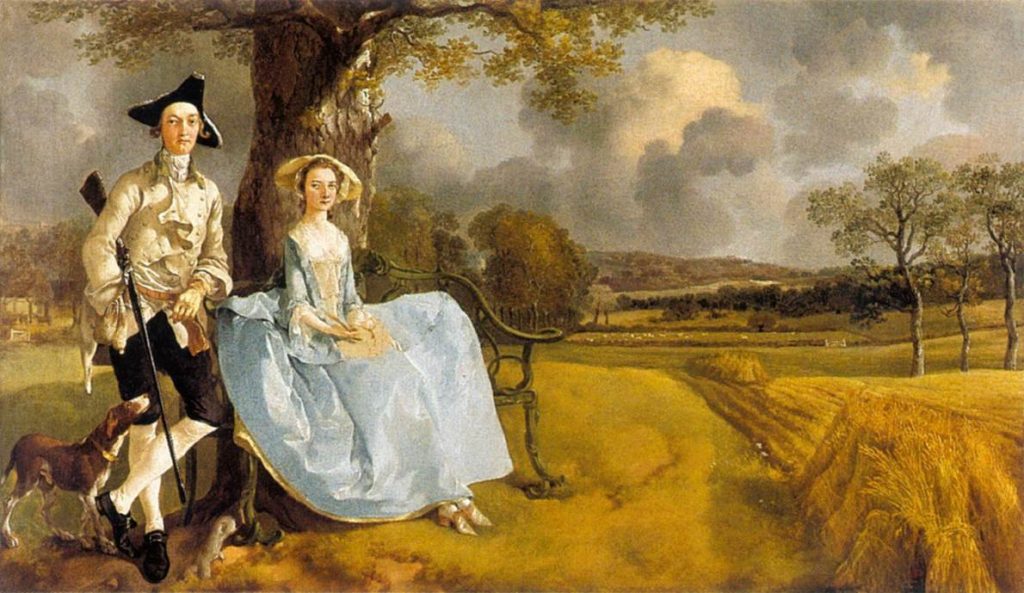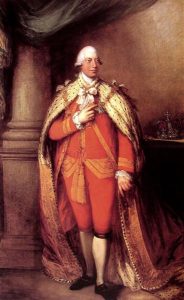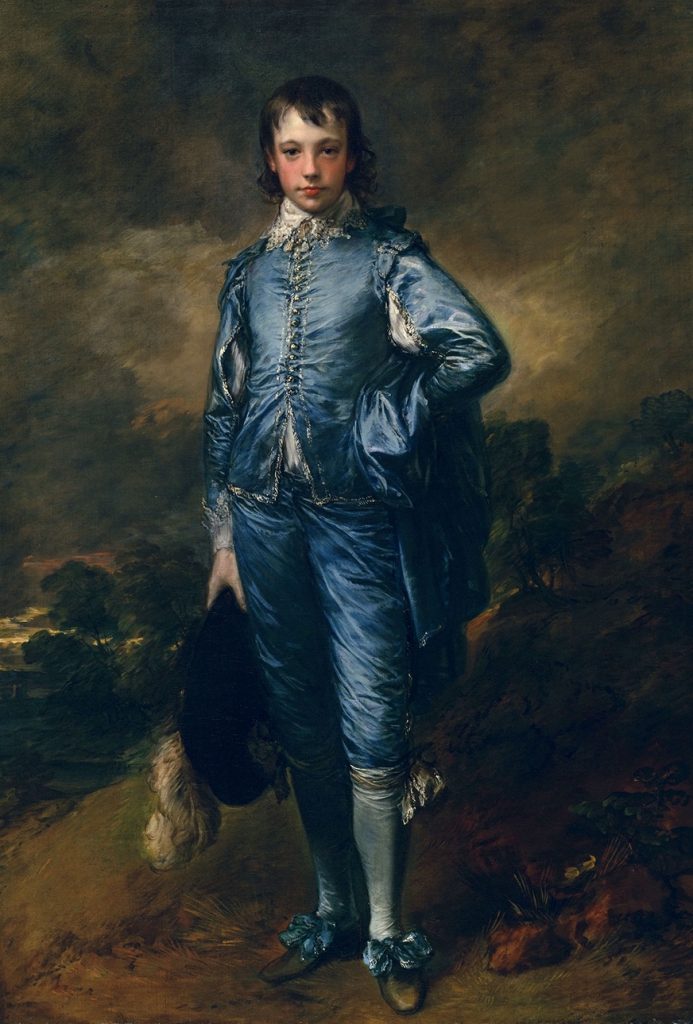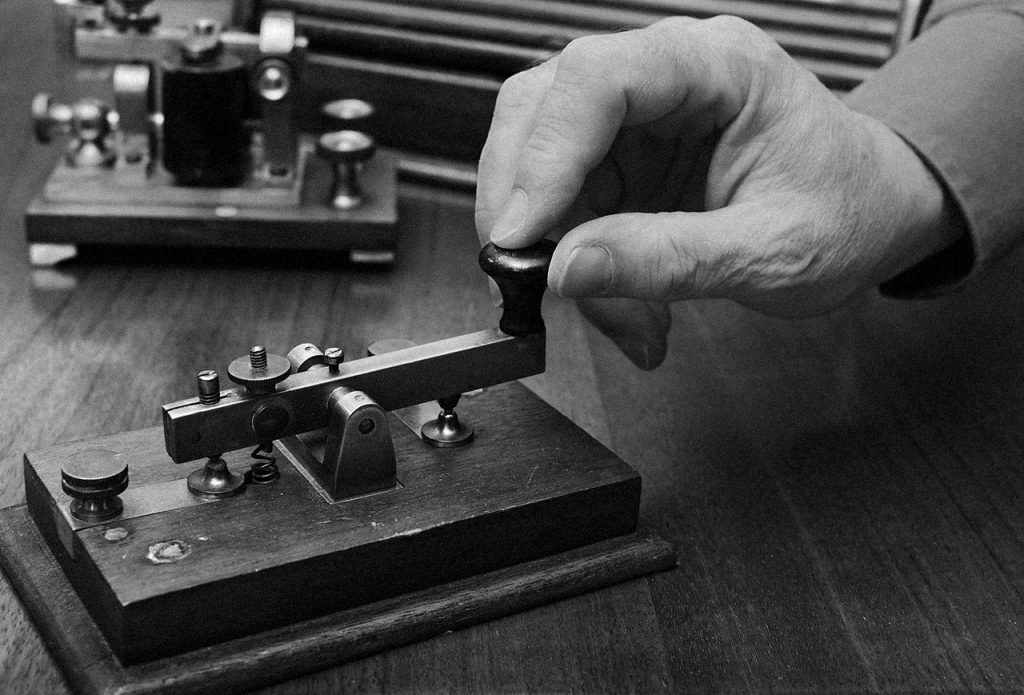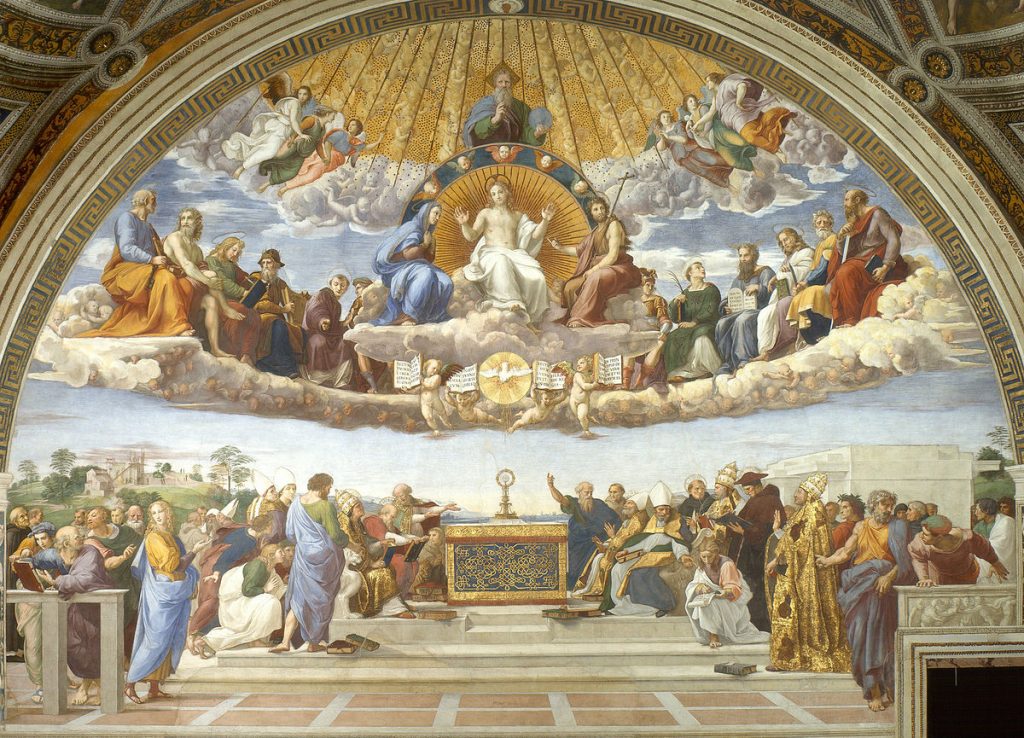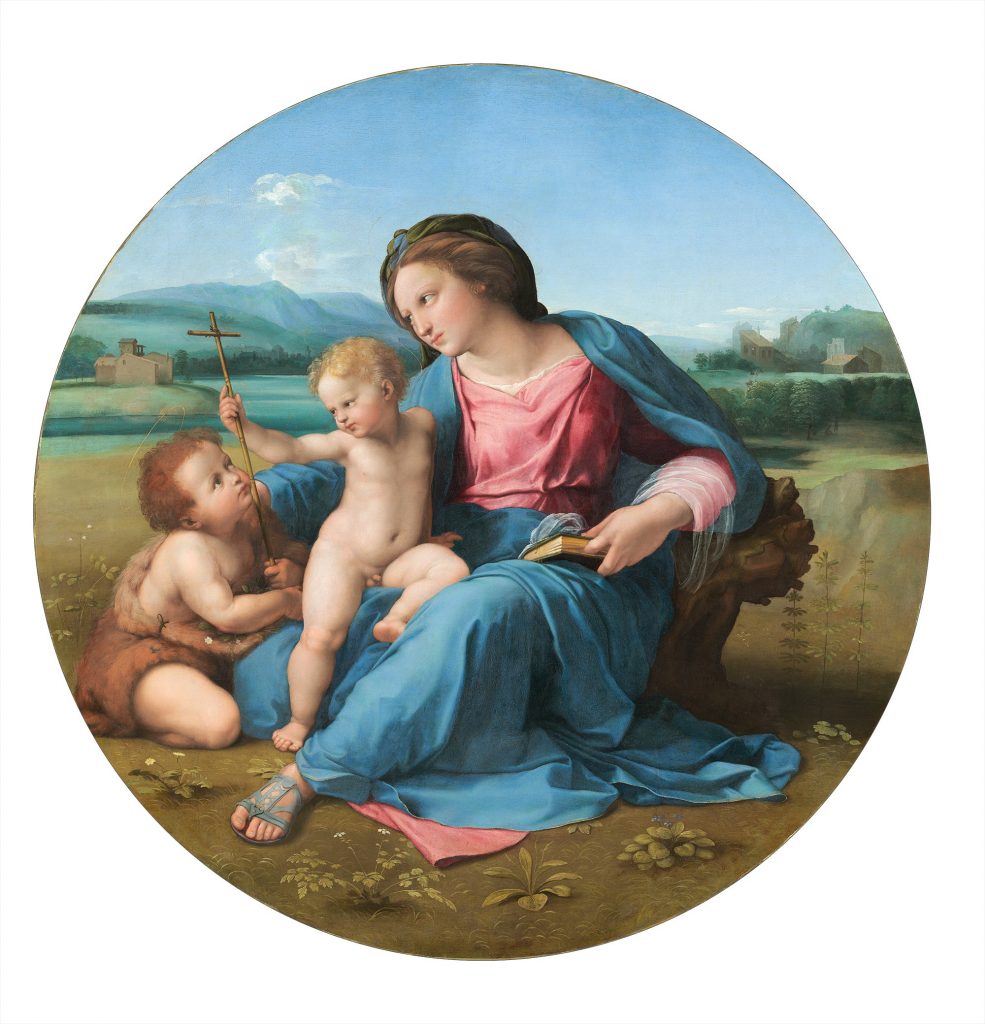
The following paragraph is a summary I wrote on Amy Fleming’s article, “The Importance of Urban Forests”. In English 100, we discussed and applied our summary writing strategies to the article itself, making sure to note the most important points as well as a few quotations. Here it is:
In the article, “The Importance of Urban Forests,” Amy Fleming emphasizes the various economic, physical, and mental health influences that trees have on us in our modern world. With a focus on the American elm trees living in New York City, historian Jill Jones talks about how “city officials saw trees as ‘expensive ornaments’,” that act as useless decorations and cost too much to take care of (qtd. in Fleming 2). Jones’ point is that nowadays, people often forget that as humans, we largely benefit from the existence of nature, especially trees. For example, in New York City alone, Fleming reports that there was $28 million worth of energy savings in a given year due to the number of trees living alongside the city’s buildings (3). This is because trees with large canopies provide a great deal of shade, therefore limiting the need for things like air conditioning in both workspaces and residential apartments (Fleming 2). On top of saving money, public health expert William Bird explains that “our brains view cities as hostile environments,” and therefore, people who take the time to connect with nature are generally less stressed (qtd. in Fleming 4). In making this comment, Bird urges individuals who struggle with their mental health to get outside, go for a walk and clear their minds, as nature plays a huge part in our physical and mental wellbeing.







